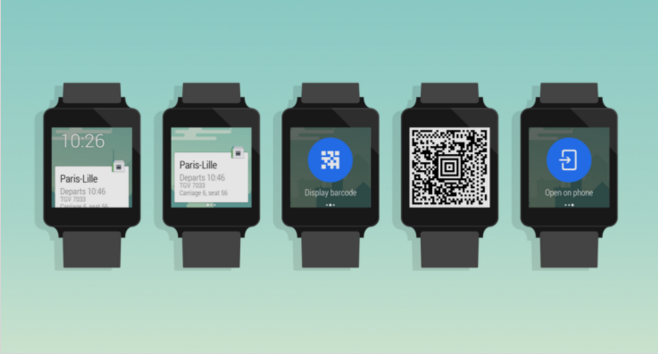In July 2015, an independent online survey of 450 businesses in 45 industry verticals around the world revealed that 88% of businesses either did not have Internet of Things (IoT) applications, or were only in preliminary study phases.
"While IoT is definitely not science fiction, it's not something that's available off the shelf," said Mark Bartolomeo, Group Vice President of Verizon Connected Solutions - IoT in a 2014 Harvard Business Review Analytics Services Report (PDF).
"It's not that the technology is cutting edge; most of it is actually very familiar. But building an IoT application requires the selection and integration of multiple components: sensors, communications modules, and networks as a start. And turning the data that you collect into something useful will typically involve cloud computing, analytics, integration with core systems, and process changes....In our experience, clear leadership and close collaboration between IT and business teams to steer the organization together through changes to underlying business processes, and even business model transformation, are crucial to ensure the success of an IoT project."
Transformative efforts that require active collaboration, work process reform and system integration can rapidly become both daunting and expensive. It is the reason why many organizations excited about IoT are taking their time to assess its potential business value before they move forward with projects.
"When we talk to organizations about IoT, what we encounter are discussions that center more around the potential for IoT innovation than an actual plan for implementation," said Michael Morton, chief technology officer of Dell Boomi, a cloud integration provider for IoT and other data. "What companies are trying to figure out is what the business value of IoT will be for them."
IoT success stories
- The integration into logistics networks of sensors on shipment containers that measure the environmental (temperature and humidity) of the containers for sensitive items, and that also issue network alerts if a container seal is compromised;
- The integration of sensor-based technology and machine feedback into a central tram network that detects when tracks and/or tram components are in need of repair or maintenance;
- The use of IoT in building video security monitoring;
- The insertion of embedded sensors in products so manufacturers can monitor performance and make product improvements;
- Monitoring the quality of tap water; and
- Home security and energy monitoring.
Tips for getting started with IoT
Figuring out IoT business value is a present line of demarcation today for IoT, because those that are categorized as early IoT adaptors are already off and running with it — and seeing the business benefits. Among the early IoT success stories are:
For those companies just getting their feet wet with IoT, Dell Boomi's Morton notes that they are looking for small applications, like being able to get readings from a thermostat in a remote location. This begins a use case history for IoT without the need to move prematurely into expensive and expansive computer systems.
"One key to IoT success is being able to start small," said Morton. "In other words, identify the simplest problem that you have that can be addressed with IoT — and avoid going for a 'big bang' effect all at once."
Organizations can gain additional business value out of their IoT project choices if they select small projects that are capable of being scaled upward into larger projects when the organization is ready to move forward.
Finally, companies should choose their IoT vendors carefully. "If your goal is monitoring your buildings and facilities, learn about the different devices and their technical capabilities first," said Morton. "If you're considering linking them into an IoT network, research what their ability is to expose data, and what their security characteristics are, too — as well as their ability to pass data."







